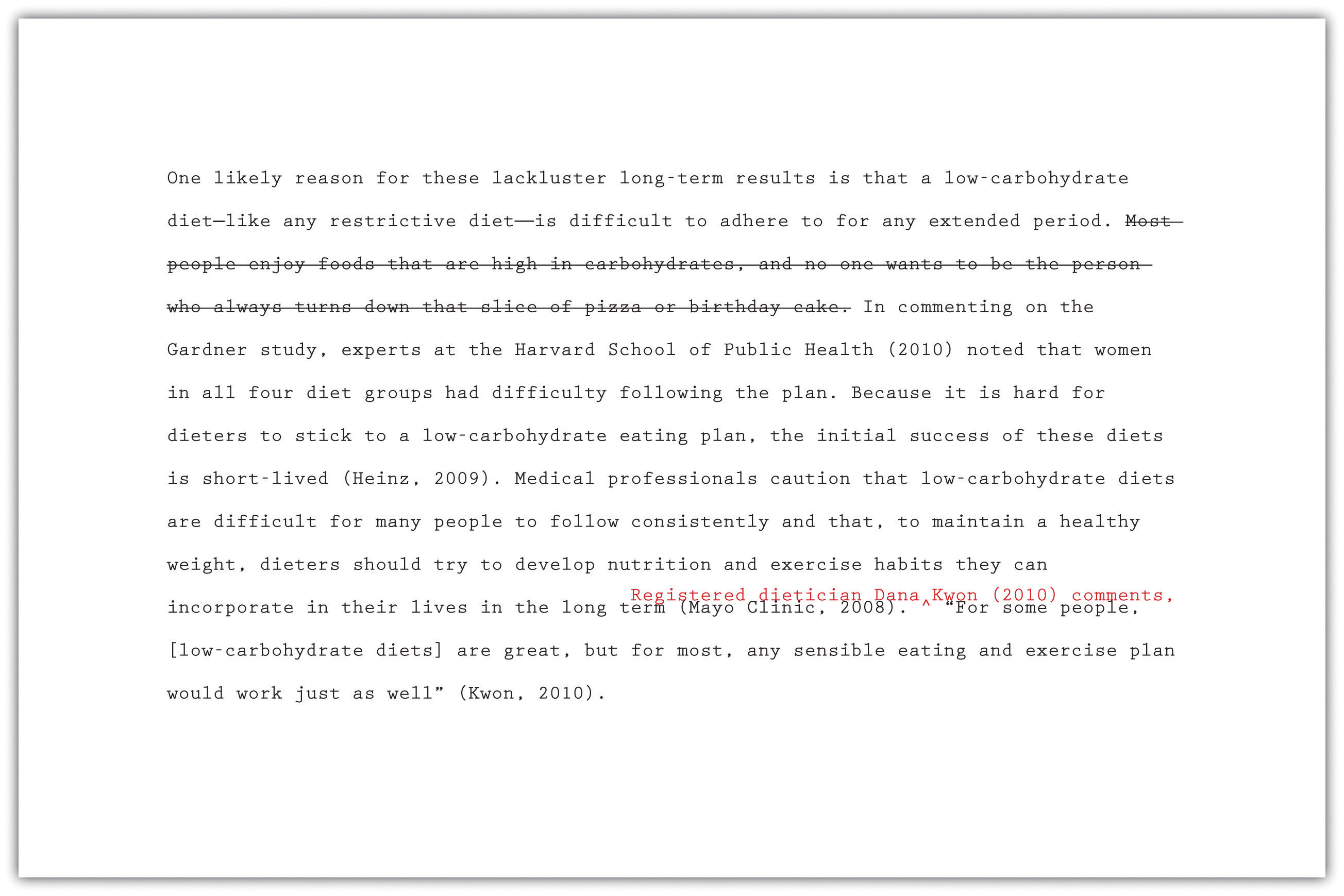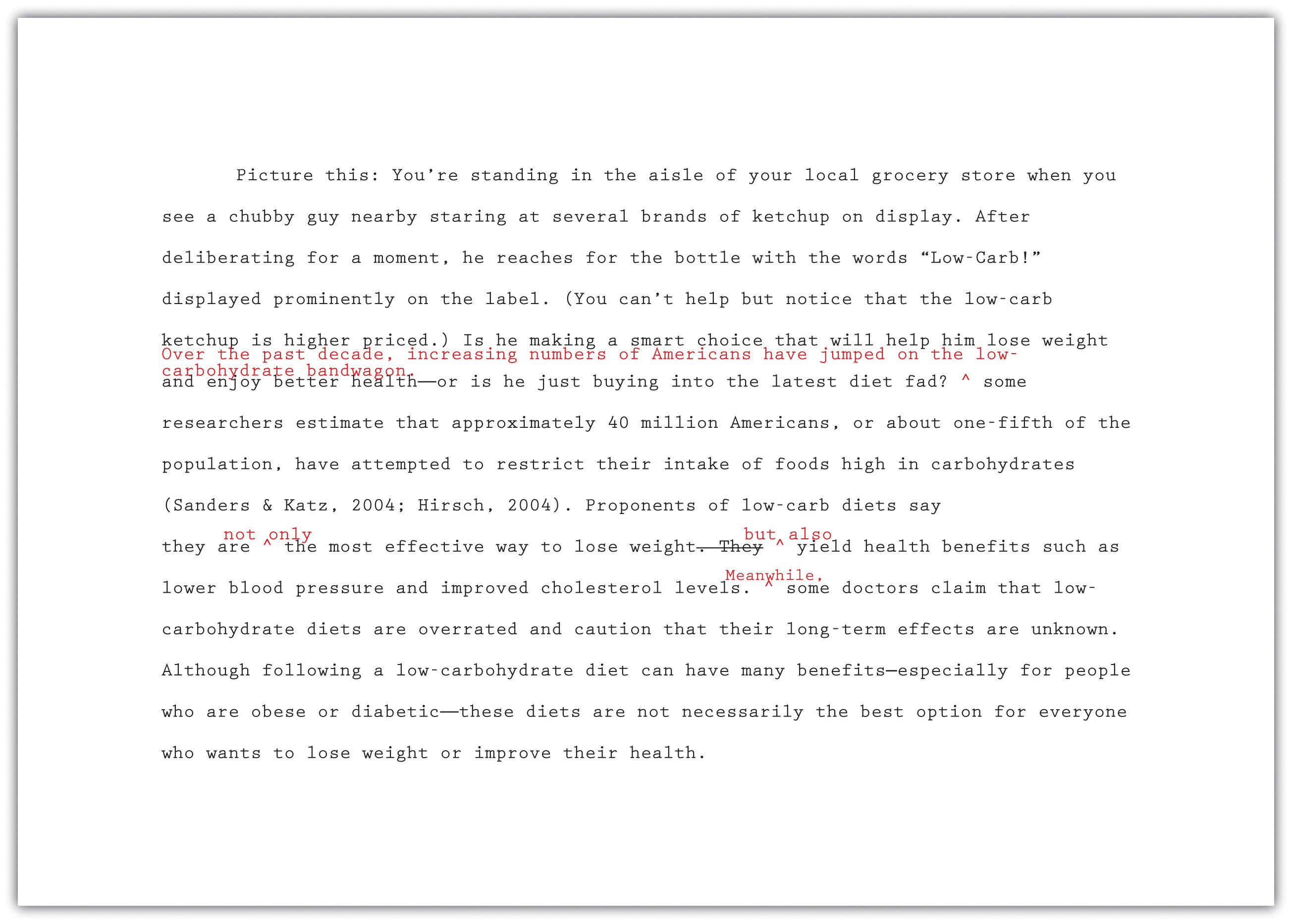The essential free research and reference manager. Search for, read and annotate your PDFs. Then review your work, write up and create bibliographies instantly.
Qiqqa guides you through your literature by understanding your research niche. It then highlights the most specific and the most influential papers in that niche.
Qiqqa keeps all your PDFs secure and makes them instantly accessible and searchable across all your devices.
Then when you want to review what you have read, use powerful annotation reports so you never again forget those important snippets of information.
Four ways Qiqqa helps you
Capture all your tags, comments, highlights and annotations while you read your PDFs inside Qiqqa, online at your workstation or offline on the go.
The essential free research and reference manager. Search for, read and annotate your PDFs. Then review your work, write up and create bibliographies instantly.
Automatic identification, tagging and categorization of your PDFs means you never have to go hunting for that missing paper again.

- plos_latex_template.tex : This is the file you would open in your text or LaTeX editor to write your paper.
- plos_latex_template.pdf : This is the PDF file generated from the current text entered in the plos_latex_template.tex file.
- plos2015.bst : This is the file that LaTeX will use to appropriately format the references in your paper. References, managing references, and formatting references are a huge topic and will be the focus of one or more future posts.
A simple Google search reveals that there is a LaTeX template for all of the PLOS journals. You can download the plos-latex-template.zip file, which contains three files:
What about other special characters? We will address some of these in a future post, but the easiest thing is to Google your question. Also, many modern LaTeX editors such as Texmaker, Lyx and Texstudio have look-up tools similar to the special character look-up in Microsoft Word. You look up the symbol or character you want, click on it and the correspond LaTeX command gets inserted into your text.
If you open up the plos_latex_template.tex file, there are approximately 70 lines of comments and instructions on how to prepare your article. If you are new to LaTeX, many of these instructions will seem like gibberish. But don’t worry, this won’t stop you from drafting your first article. With a little bit of patience, and possibly reading our series of LaTeX blog posts, you will soon be able to make sense of these instructions.
Example: writing a paper for a PLOS journal

This convention may seem overly complex, especially if you are not used to computer programming. It does take a little time to get use to, but soon enough it will become automatic.
When I was a PhD student, I found it strange that journals had so many Instructions on how to prepare a manuscript, but never provided a downloadable template as a .doc or .docx. If I had a template with [Insert title here] , [Insert Abstract here
While some of the LaTeX commands might seem intimidating at first, you can safely ignore them. Simply replace the dummy text with your own text. For example, if I wanted to write the title of my paper, I would enter the following:

Following APA or MLA citation and formatting guidelines may require time and effort. However, it is good practice for learning how to follow accepted conventions in any professional field. Many large corporations create a style manual with guidelines for editing and formatting documents produced by that corporation. Employees follow the style manual when creating internal documents and documents for publication.
- My paper avoids excessive wordiness.
- My sentences are varied in length and structure.
- I have avoided using first-person pronouns such as I and we.
- I have used the active voice whenever possible.
- I have defined specialized terms that might be unfamiliar to readers.
- I have used clear, straightforward language whenever possible and avoided unnecessary jargon.
- My paper states my point of view using a balanced tone—neither too indecisive nor too forceful.
To help prevent being overly formal or informal, determine an appropriate style and tone at the beginning of the research process. Consider your topic and audience because these can help dictate style and tone. For example, a paper on new breakthroughs in cancer research should be more formal than a paper on ways to get a good night’s sleep.
You may feel like you need a break from your paper before you revise and edit it. That is understandable—but leave yourself with enough time to complete this important stage of the writing process. In this section, you will learn the following specific strategies that are useful for revising and editing a research paper:
Checklist 12.5

Once you are certain that the content of your paper fulfills your purpose, you can begin revising to improve style and tone . Together, your style and tone create the voice of your paper, or how you come across to readers. Style refers to the way you use language as a writer—the sentence structures you use and the word choices you make. Tone is the attitude toward your subject and audience that you convey through your word choice.
Read the following paragraphs twice, the first time without Jorge’s changes, and the second time with them.
Jorge decided that his comment about pizza and birthday cake came across as subjective and was not necessary to make his point, so he deleted it. He also realized that the quotation at the end of the paragraph was awkward and ineffective. How would his readers know who Kwon was or why her opinion should be taken seriously? Adding an introductory phrase helped Jorge integrate this quotation smoothly and establish the credibility of his source.
- Gender-biased: When a writer cites a source in the body of his paper, he must list it on his references page.
- Awkward: When a writer cites a source in the body of his or her paper, he or she must list it on his or her references page.
- Improved: Writers must list any sources cited in the body of a paper on the references page.

The Introduction sets the tone of the paper by providing relevant background information and clearly identifying the problem you plan to address. Think of your Introduction as the beginning of a funnel: Start wide to put your research into a broad context that someone outside of the field would understand, and then narrow the scope until you reach the specific question that you are trying to answer (Fig. 1
Department of Ecology and Evolutionary Biology, University of Colorado, Boulder, UCB 334, Ramaley Hall, Boulder, Colorado, 80309 USA
Department of Ecology and Evolutionary Biology, University of Colorado, Boulder, UCB 334, Ramaley Hall, Boulder, Colorado, 80309 USA
Department of Ecology and Evolutionary Biology, University of Colorado, Boulder, UCB 334, Ramaley Hall, Boulder, Colorado, 80309 USA
Understand your audience (and write to them)
Cooperative Institute for Research in Environmental Sciences, University of Colorado, UCB 334, Boulder, Colorado, 80309 USA
Cooperative Institute for Research in Environmental Sciences, University of Colorado, UCB 334, Boulder, Colorado, 80309 USA
Department of Ecology and Evolutionary Biology, University of Colorado, Boulder, UCB 334, Ramaley Hall, Boulder, Colorado, 80309 USA
While writing is a critical part of the scientific process, it is often taught secondarily to scientific concepts and becomes an afterthought to students. How many students can you recall who worked on a laboratory assignment or class project for weeks, only to throw together the written report the day before it was due?

When I was a PhD student, I found it strange that journals had so many Instructions on how to prepare a manuscript, but never provided a downloadable template as a .doc or .docx. If I had a template with [Insert title here] , [Insert Abstract here
How do we find LaTeX templates? As is often the case, Google is your friend.
Different journals and publishers have different requirements about how we should format our submission. The title page should include certain items, the headers should be bold and italic, references should be formatted in this style, etc. The Instructions to Authors of many journals are long and overwhelming, which may deter potential authors.
Some journals offer their own templates, and researchers who have created templates that adhere to the Instructions to Authors for a given journal often make these files freely available. For example:
Example: writing a paper for a PLOS journal

This convention may seem overly complex, especially if you are not used to computer programming. It does take a little time to get use to, but soon enough it will become automatic.
Fear not! Many journals and publishers have LaTeX templates that can be downloaded and used in just this way. While these LaTeX files may seem a little intimidating if you have never opened up a .tex file before, most are fairly straightforward and actually include key points from the Instructions to Authors as dummy text in the article or as comments.
As you can see, I simply entered the title of my paper “ScientificallySound as a resource for scientists” between the curly brackets. Also, I followed the instructions provided in the document, which tell me that I should use “sentence case”. Speaking of these instructions, note that text that follows a percentage sign (i.e. %) is a comment in LaTeX. Comments do not appear in the final PDF.
